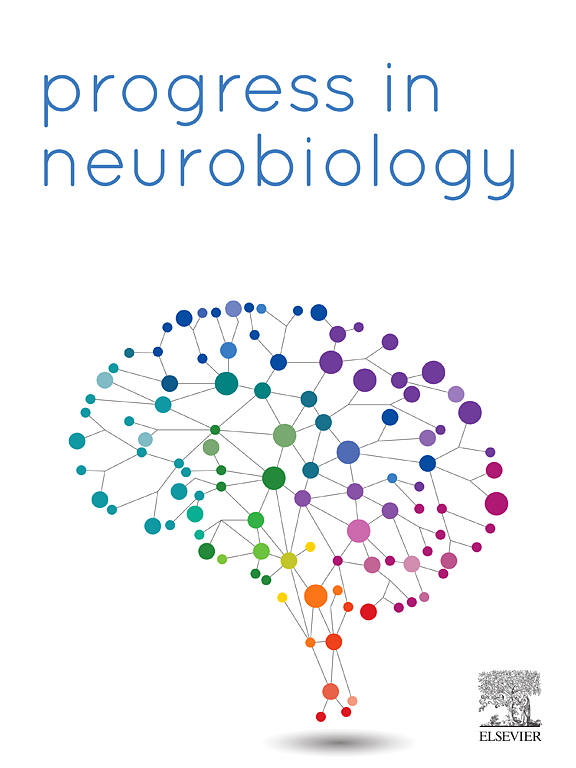Face pareidolia minimally engages macaque face selective neurons
IF 6.1
2区 医学
Q1 NEUROSCIENCES
引用次数: 0
Abstract
The macaque cerebral cortex contains concentrations of neurons that prefer faces over inanimate objects. Although these so-called face patches are thought to be specialized for the analysis of facial signals, their exact tuning properties remain unclear. For example, what happens when an object by chance resembles a face? Everyday objects can sometimes, through the accidental positioning of their internal components, appear as faces. This phenomenon is known as face pareidolia. Behavioral experiments have suggested that macaques, like humans, perceive illusory faces in such objects. However, it is an open question whether such stimuli would naturally stimulate neurons residing in cortical face patches. To address this question, we recorded single unit activity from four fMRI-defined face-selective regions: the anterior medial (AM), anterior fundus (AF), prefrontal orbital (PO), and perirhinal cortex (PRh) face patches. We compared neural responses elicited by images of real macaque faces, pareidolia-evoking objects, and matched control objects. Contrary to expectations, we found no evidence of a general preference for pareidolia-evoking objects over control objects. Although a subset of neurons exhibited stronger responses to pareidolia-evoking objects, the population responses to both categories of objects were similar, and collectively much less than to real macaque faces. These results suggest that neural responses in the four regions we tested are principally concerned with the analysis of realistic facial characteristics, whereas the special attention afforded to face-like pareidolia stimuli is supported by activity elsewhere in the brain.
猕猴面部选择神经元对面部视错觉的影响最小。
猕猴的大脑皮层含有大量的神经元,这些神经元更喜欢人脸而不是无生命的物体。尽管这些所谓的面部补丁被认为是专门用于分析面部信号的,但它们的确切调谐特性尚不清楚。例如,当一个物体碰巧像一张脸时会发生什么?日常物品有时可以通过其内部组件的偶然定位,以面孔的形式出现。这种现象被称为面部空想性视错觉。行为实验表明,猕猴和人类一样,能从这些物体中感知到虚幻的面孔。然而,这种刺激是否会自然地刺激皮层面部斑块中的神经元,这是一个悬而未决的问题。为了解决这个问题,我们记录了四个fmri定义的面部选择区域的单个活动:内侧前部(AM)、眼底前部(AF)、前额眶部(PO)和鼻周皮质(PRh)面部斑块。我们比较了真实猕猴面部图像、唤起空想的物体和匹配的对照物体所引起的神经反应。与预期相反的是,我们没有发现任何证据表明,相对于控制对象,人们更喜欢唤起空想的对象。尽管神经元的一个子集对唤起空想的物体表现出更强的反应,但对这两类物体的总体反应是相似的,而且总体上比对真实猕猴面孔的反应要少得多。这些结果表明,我们测试的四个区域的神经反应主要与真实面部特征的分析有关,而对类似面部的空想性视刺激的特别关注是由大脑其他区域的活动支持的。
本文章由计算机程序翻译,如有差异,请以英文原文为准。
求助全文
约1分钟内获得全文
求助全文
来源期刊

Progress in Neurobiology
医学-神经科学
CiteScore
12.80
自引率
1.50%
发文量
107
审稿时长
33 days
期刊介绍:
Progress in Neurobiology is an international journal that publishes groundbreaking original research, comprehensive review articles and opinion pieces written by leading researchers. The journal welcomes contributions from the broad field of neuroscience that apply neurophysiological, biochemical, pharmacological, molecular biological, anatomical, computational and behavioral analyses to problems of molecular, cellular, developmental, systems, and clinical neuroscience.
 求助内容:
求助内容: 应助结果提醒方式:
应助结果提醒方式:


